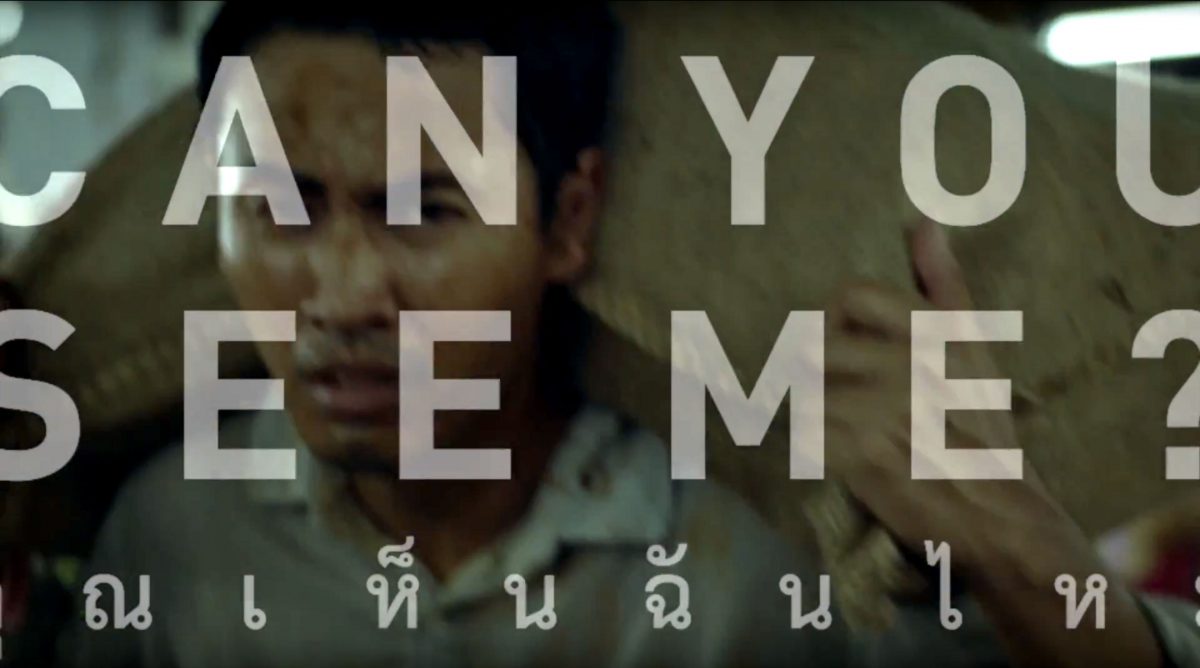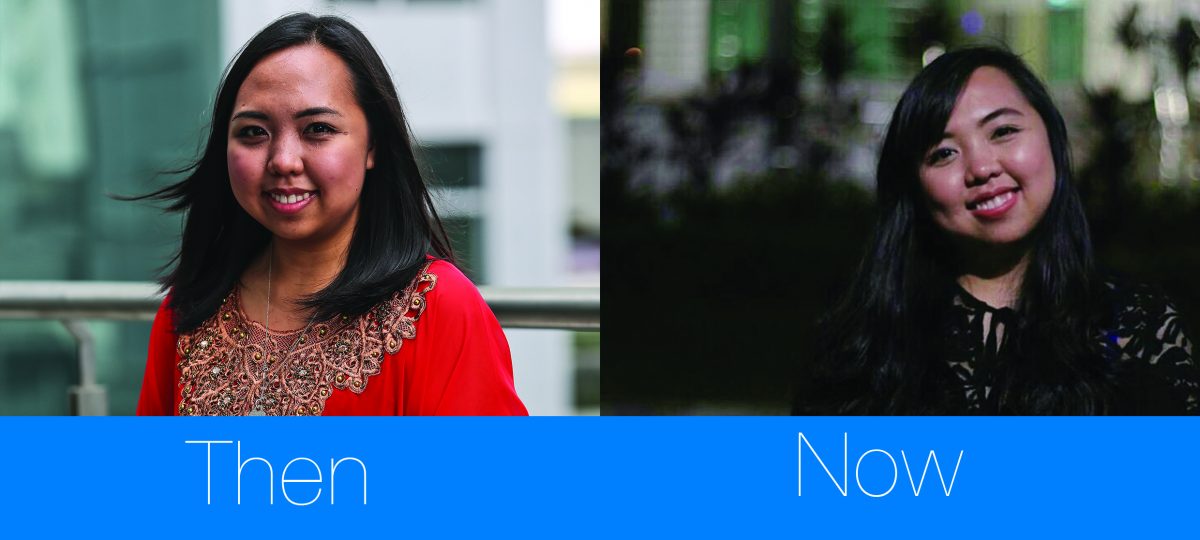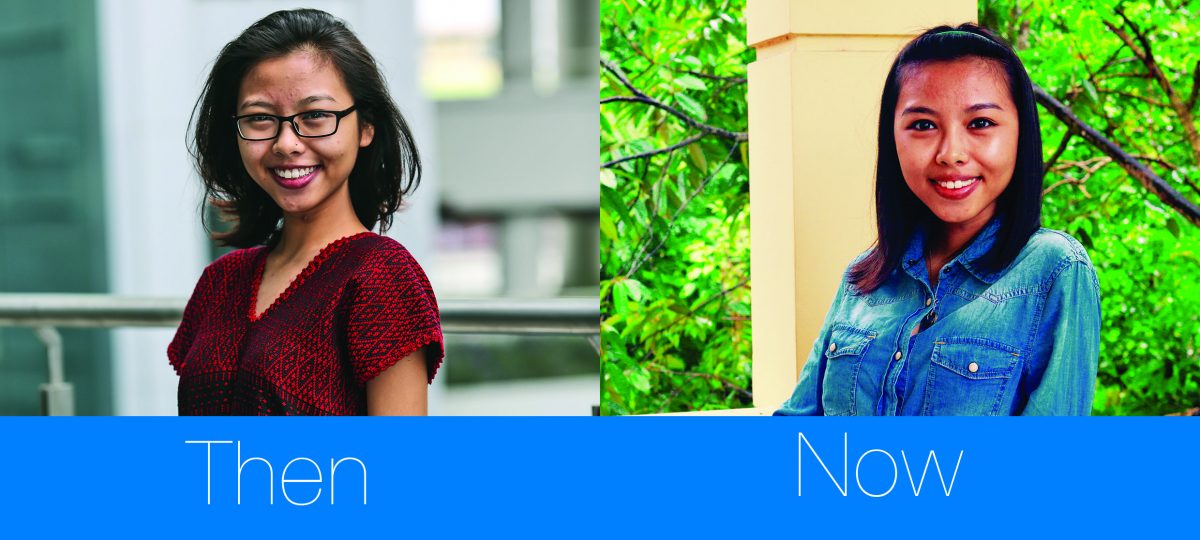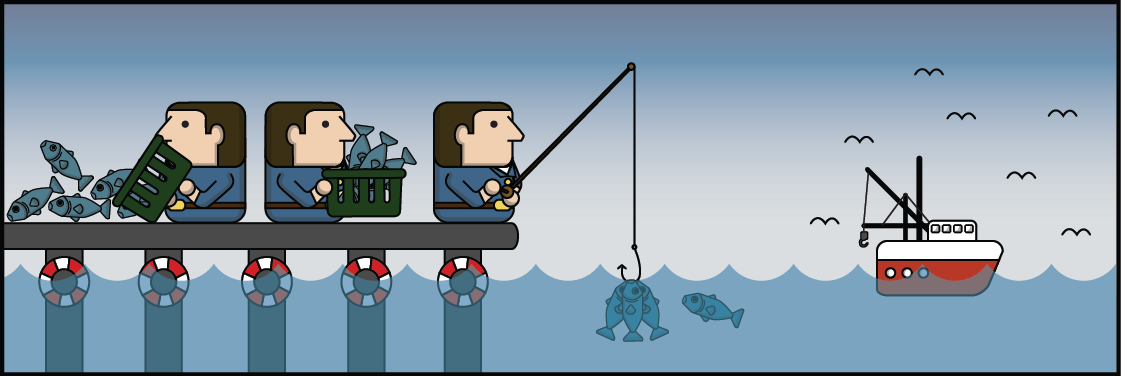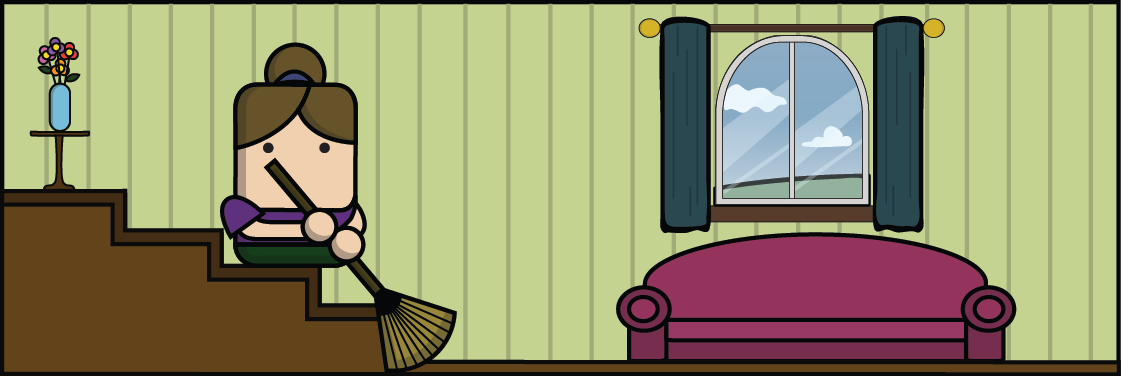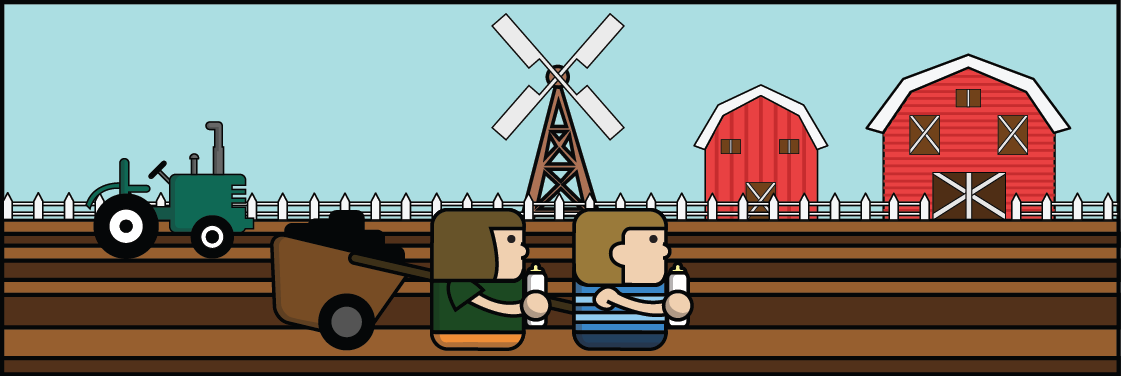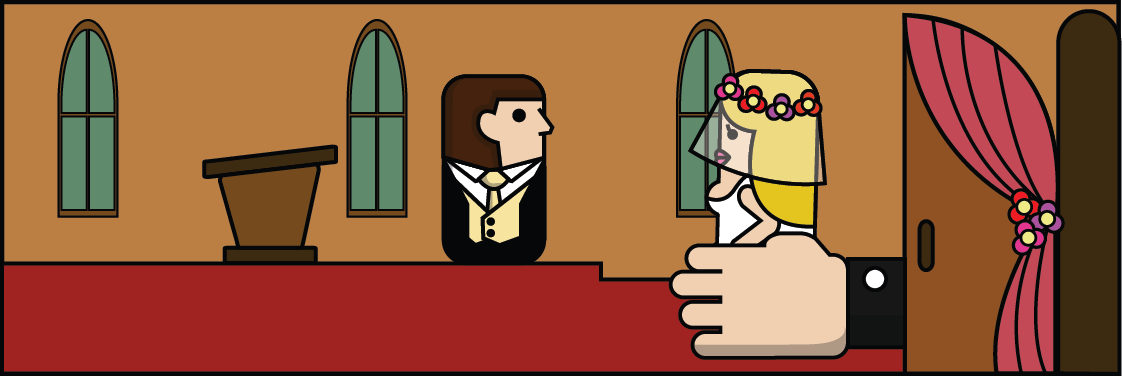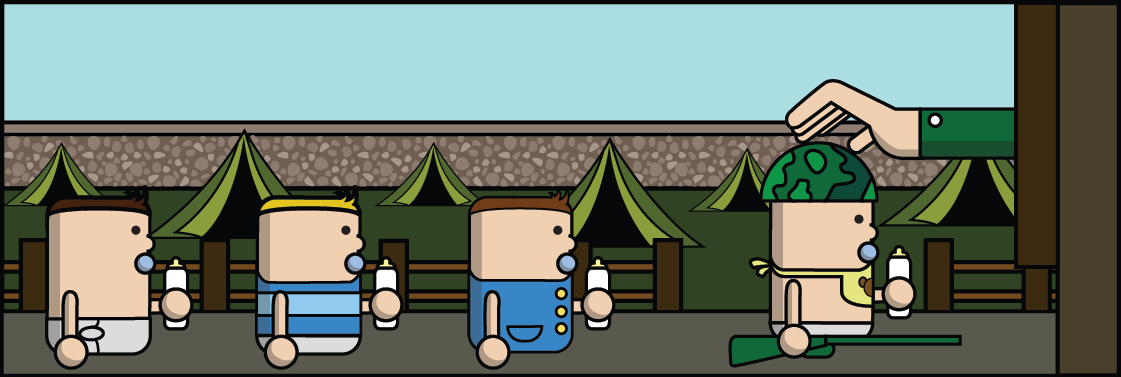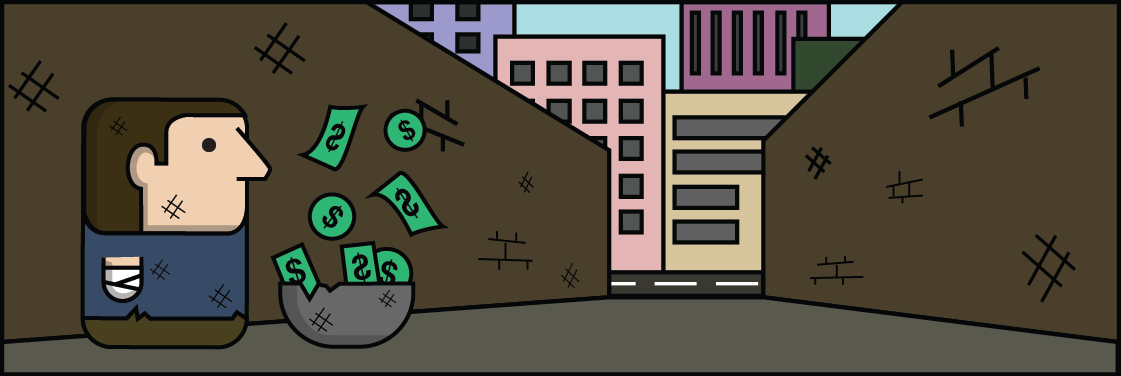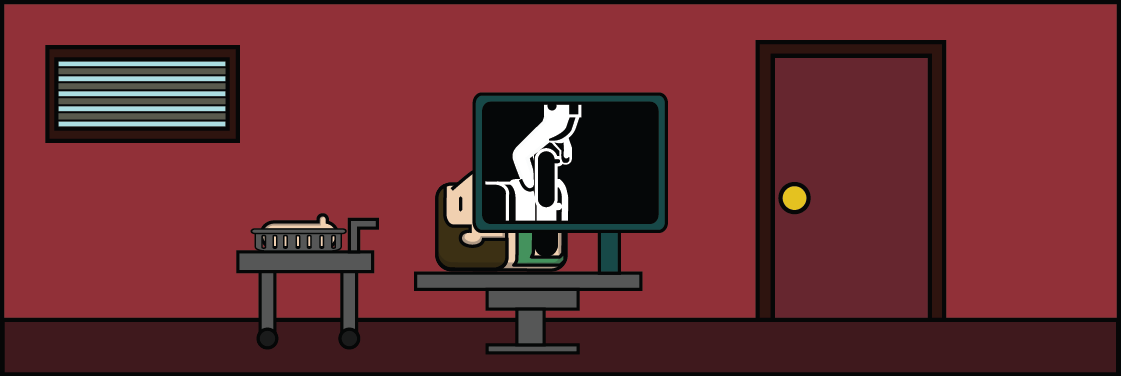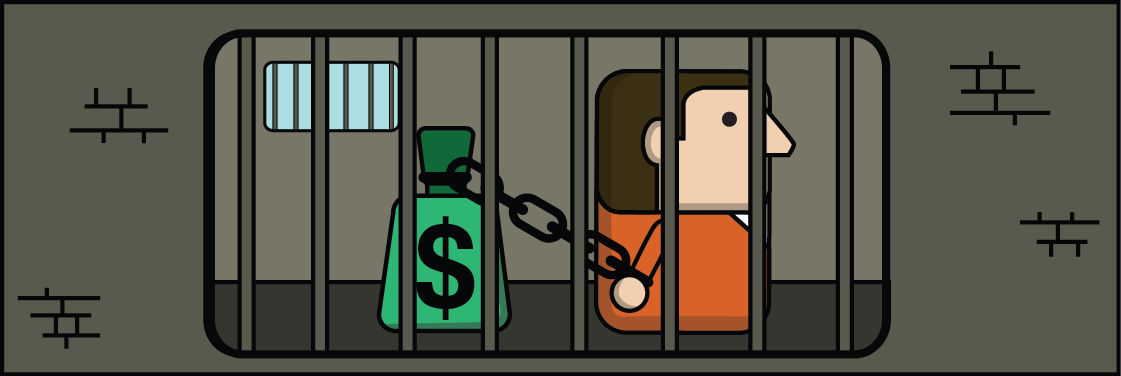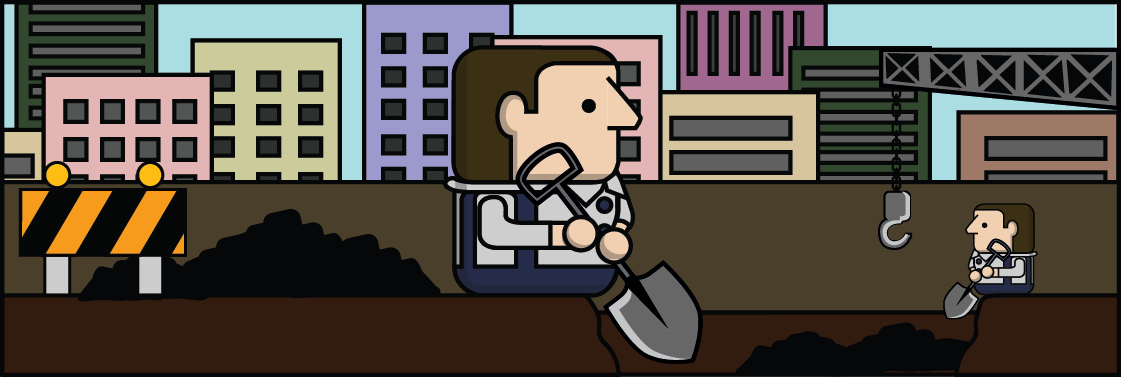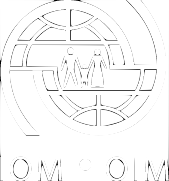Turning What You KNOW into What You DO!
Smoking is bad for our health, yet some of us continue to smoke.
Not wearing a helmet while riding a motorcycle is dangerous, yet some of us still do it.
Regular exercise is important, yet some of us can go weeks (or years!) without working out.
We know what’s good for us, but we don’t always act accordingly.
This kind of thinking can also be applied to human trafficking and exploitation. Most aspirant migrants around the world know that human trafficking exists, but they probably don’t think that something like that could ever happen to them.
Those who migrate irregularly (without the right travel and work documents) might know that this is risky, but they are willing to take the risk because the potential benefits outweigh the risk of getting caught, such as a job in a country where they get paid more than in their home country.
Similarly, for consumers of everyday products, they might know that human trafficking exists in supply chains, but they might either not care that it’s happening or feel powerless to make a difference, so they continue to buy these products that may have been produced by exploited workers.
So what stops us from acting in a way that matches what we know? One factor, among others, is our attitude. The way we feel about a certain behaviour will dictate how we behave.
In order to get its audience to practice positive behaviours to help prevent human trafficking and exploitation, IOM X follows something called ‘Communication for Development’, or C4D for short. C4D is a people-centered process that uses communication tools and activities to help to create social and behaviour change in a meaningful and sustained way. It uses a participatory process to understand people’s knowledge, attitudes and practices (behaviours) around a certain issue, in order to be able to work with them to develop empowering messages and tools.
C4D, within the realm of human trafficking prevention, can help to strengthen messages, and their dissemination, about the risks of human trafficking and exploitation in order to achieve the desired preventative/protective behaviour change for both migrant workers and consumers..
IOM X uses five easy-to-follow steps steps to develop evidence-based content and activities.
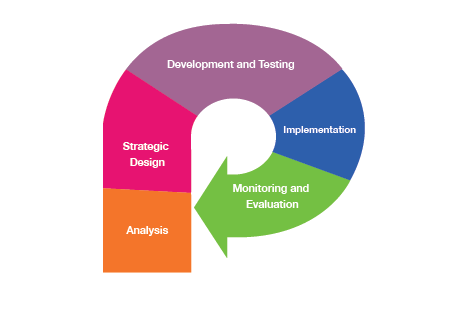
Step 1: Analysis — Know your audience (includes problem analysis, audience analysis, behaviour analysis and communication analysis)
Step 2: Strategic Design — Know how to best reach your audience(includes setting SMART objectives, communication channel analysis, designing the communication strategy, developing a creative brief and drafting monitoring and evaluation plans)
Step 3: Development and Testing — Does it work? (includes developing content, developing action-messages and pre-testing)
Step 4: Implementation — Getting your message out there! (includes partnership building and outreach)
Step 5: Monitoring and Evaluation — How is it going? Will we do this again in the same way? (includes implementing monitoring and evaluation plans)
Guided by other C4D tools in existence, IOM X created its own toolkit for developing content and activities to aid counter trafficking. The toolkit will help readers understand C4D and Behaviour Change Communication (BCC), as well as develop a C4D strategy for counter-trafficking initiatives. The toolkit is a practical resource for programme managers and officers, research officers and communication specialists working on information, awareness-raising and/or behaviour change communication campaigns in the counter-trafficking sector.

To download the IOM X C4D Toolkit: A Step-by-Step Guide to Applying Communication for Development (C4D) to Counter-trafficking Activitiesclick here.
(English) Editor’s choice
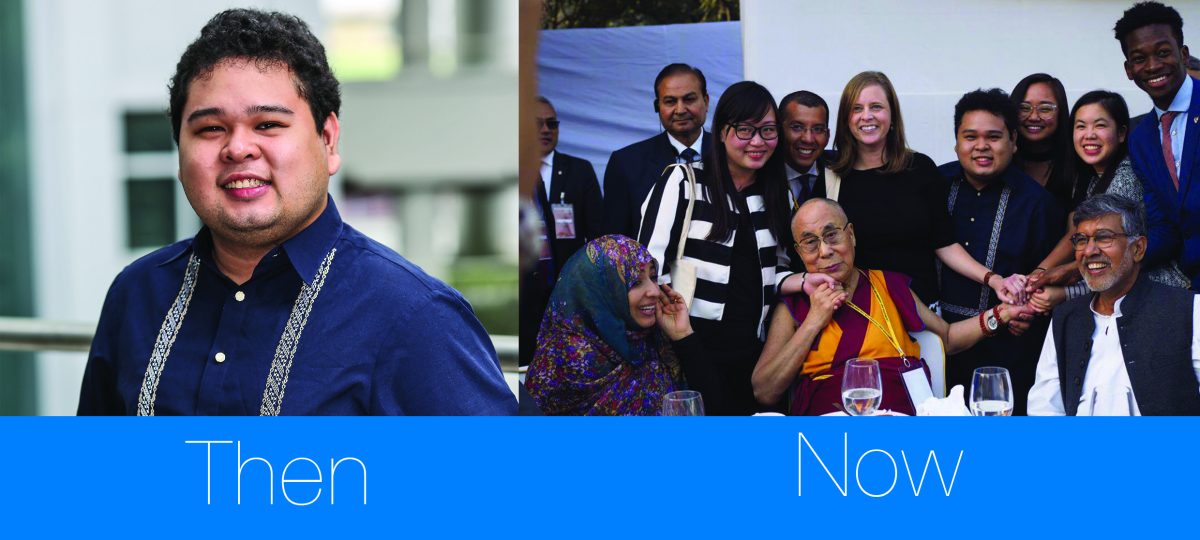
(English) Where are they now?: Joey, Philippines
sorry not available!

(English) Where are they now?: Joey, Philippines
sorry not available!

